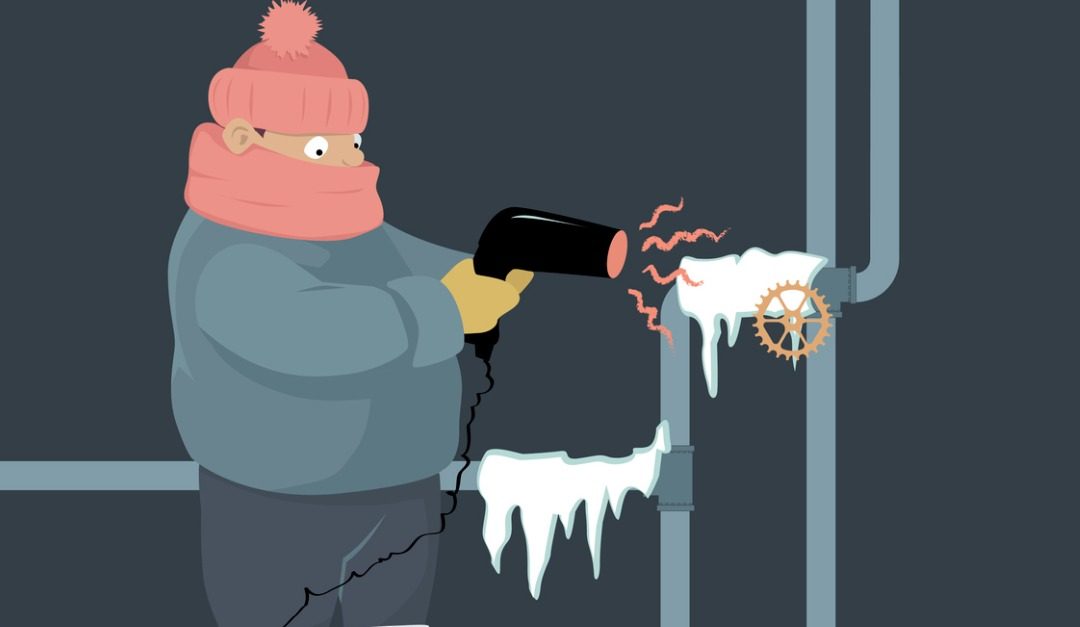Depending on where you live in the country, frigid winter weather may put your home’s pipes in danger of freezing. Unless properly addressed, frozen pipes could burst and cause costly damage. But fear not: There are steps you can take to help protect your home’s pipes–and your wallet–from Old Man Winter.
Before cold weather sets in, make sure your home is properly insulated, including the attic, basement and crawl spaces; drain outside hoses and sprinkler systems; and consider adding insulation products, such as pipe sleeves or heat tape, to exposed pipes.
When severe cold hits, try these tips from the American Red Cross to help prevent your home’s pipes from freezing:
- Keep garage doors closed if there are water supply lines in the garage.
- Open kitchen and bathroom cabinet doors to allow warmer air to circulate around the plumbing. Be sure to move any harmful cleaners and household chemicals up out of the reach of children.
- Let cold water drip from the faucet served by exposed pipes. Running water through the pipe, even at a trickle, helps prevent pipes from freezing.
- Keep the thermostat set to the same temperature both during the day and at night. By suspending the use of lower nighttime temperatures, you may incur a higher heating bill, but you can prevent a much more costly repair job if pipes freeze and burst.
- If you’ll be going away during cold weather, leave the heat on in your home, set to a temperature no lower than 55 degrees Fahrenheit.
If you turn on a faucet and only a trickle comes out, suspect a frozen pipe. Likely places for frozen pipes include against exterior walls or where your water service enters your home through the foundation. The American Red Cross offers the following tips for thawing frozen pipes:
- Keep the faucet open. As you treat the frozen pipe and the frozen area begins to melt, water will begin to flow through the frozen area. Running water through the pipe will help melt ice in the pipe.
- Apply heat to the section of pipe by wrapping it with towels soaked in hot water or an electric heating pad or by using an electric hair dryer or a portable space heater (kept away from flammable materials). Do not use an open flame device, such as a blowtorch, kerosene or propane heater, or charcoal stove.
- Apply heat until full water pressure is restored. If you’re unable to locate the frozen area, if the frozen area is not accessible or if you can’t thaw the pipe, call a licensed plumber.
- Check all other faucets in your home to find out if you have additional frozen pipes. If one pipe freezes, others may freeze, too.
With these tips, you’ll be better prepared to protect your home during cold weather.





